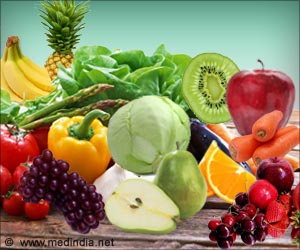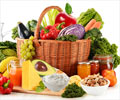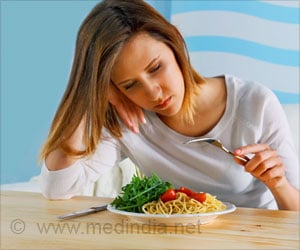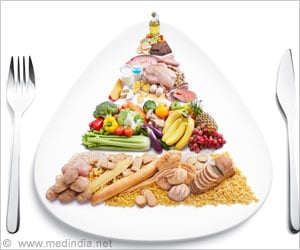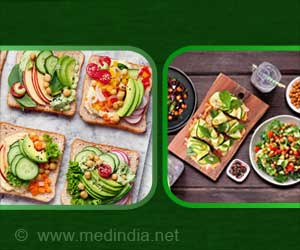The intervention encouraged students to choose water as their beverage by using physical activity calorie equivalent (PACE) labeling.

‘In the first part of the intervention, physical activity calorie equivalent (PACE) labeling was used increase water consumption over beverages. The second intervention included posters to promote fruit and vegetable intake.’





"Our labeling, focused on beverages and fruits and vegetables, may have been useful to decrease students' consumption of sugar-sweetened beverages and increase consumption of water, fruits, and vegetables," said lead author Mary Scourboutakos, PhD, post-doctoral researcher at the University of Toronto. The study was conducted in a dining center on the University of Toronto campus that offered a wide variety of entrees and soups, featured a salad and fruit bar, and had sides, desserts, and 19 beverage options available daily. The first part of the intervention encouraged students to choose water as their beverage by using physical activity calorie equivalent (PACE) labeling, which illustrated the minutes of jogging required to burn the calories in the different beverages offered. In the second part of the intervention, posters were hung in strategically selected locations to promote fruit and vegetable consumption. The posters were placed in attention-grabbing places to maximize exposure to the intervention.
Data were collected in-person on six events before, and six events after the intervention; inventory data were used as a secondary source. Between 368 and 510 students visited the dining hall for each dinner when data were collected, filling 8,570 beverages cups and taking 3,668 and 954 trips to the salad bar and fruit bar, respectively. After the interventions, sugar-sweetened beverage consumption was reduced and fruit and vegetable intake was increased.
"We found a significant increase in students drinking water before versus after the intervention, with 43% choosing water before and 54% doing so after," Scourboutakos said. "Likewise, trips to the fruit bar increased by six percent and trips to the salad bar increased by 12%."
These results from a university dining hall setting are promising, particularly regarding the PACE labeling. Interventions to promote increased fruit, vegetable, and water consumption should be repeated in different settings to determine if similarly successful results can be attained.
Advertisement


